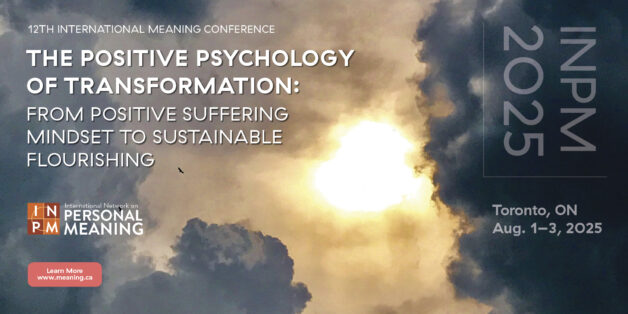Description
Life stories differ from traditional storytelling in that the stories shared are recalled from the life experiences of the participants. Building on the oral storytelling tradition, life stories are shared in the moment, and not previously written down. Since they involve the participant in reminiscences, several questions arise. How can memories be sparked in seniors, many of whom are diagnosed with various forms of dementia? In the Life Stories group, we worked with different themes, personal objects, visual art, music, and text. How do these stories help the seniors develop metacognitive skills and enhance their wellbeing? What are the social and cross-cultural benefits of storytelling with life stories? Erving Goffman’s definition of “frame” is the principle of organization that governs the social roles people play when they communicate with one another. Goffman’s category of ad hoc performances encompasses storytelling, which occurs for the “optional beguilement” of other guests. Frame analysis is selected in order to find evidence for such metacognitive strategies as: making connections to self, other texts, and the world; responding through drama; monitoring meaning by self-questioning; previewing and predicting; summarizing; making inferences; and synthesizing (Brenna, 2012). This paper chronicles the Life Stories for Seniors class held at a seniors’ retirement residence in Toronto, led by the author. The life stories of a dozen members of the group are shared in hour-long, bi-weekly meetings for a period of five years. Evidence-based studies of reminiscence therapy are reviewed to consider how the scientific studies can shed light on the qualitative hypothesis of metacognitive enhancement. The paper supports the argument for storytelling as a vital aspect of retirement residences that enhances the seniors’ wellbeing.

 Meaning Conference 2025 will be the INPM’s first in-person conference with a virtual option after the pandemic.
Meaning Conference 2025 will be the INPM’s first in-person conference with a virtual option after the pandemic.